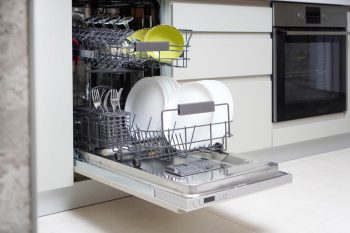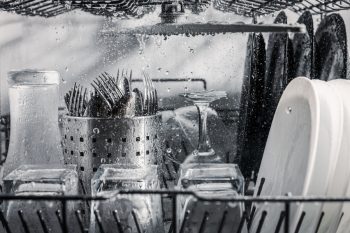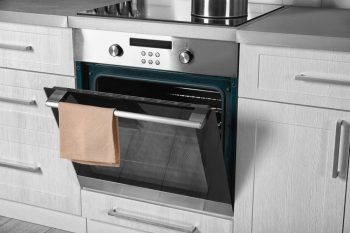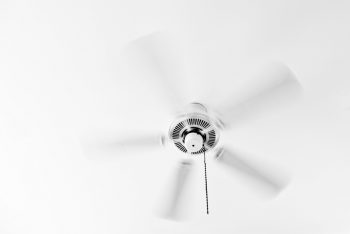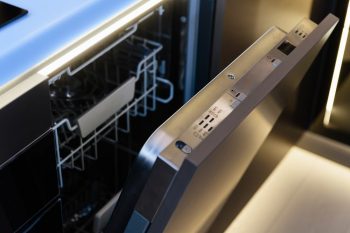
Water heaters are a necessity now. The feeling of constantly getting hot water whenever you open the tap is indescribable, but sometimes a standard heater is not enough to meet the household needs.
Showering, dishwashing, and laundry require hot water that can be impossible to meet with a low-capacity heater.
Are you a big family always running out of hot water for household needs? Does your standard water heater not able to fulfill your water requirements?
If yes, you need a high-recovery water heater. But the question is, what is it?
The following statements describe the differences between a high-recovery water heater and a regular one:
- A high-recovery water heater provides more hot water within a given time than a regular one. Ideally, a standard heater has a recovery time of 40 gallons an hour, while a high-recovery one provides 55–60 gallons of hot water within an hour.
- These heaters also have a higher BTU (British Thermal Unit), approximately 60,000–70,000, compared to a regular one with a BTU ranging from 40,000–50,000. The higher BTU means the heater can offer hot water faster than a regular one.
If you are interested in getting a high-recovery water heater, read further. This insightful article will explain the types of high-recovery water heaters and whether they suit you.
Types of High-Recovery Water Heaters
High-recovery water heaters are divided into two types. You can choose any kind depending on your budget, requirement, and home setup.
1. Gas-Powered High-Recovery Water Heaters
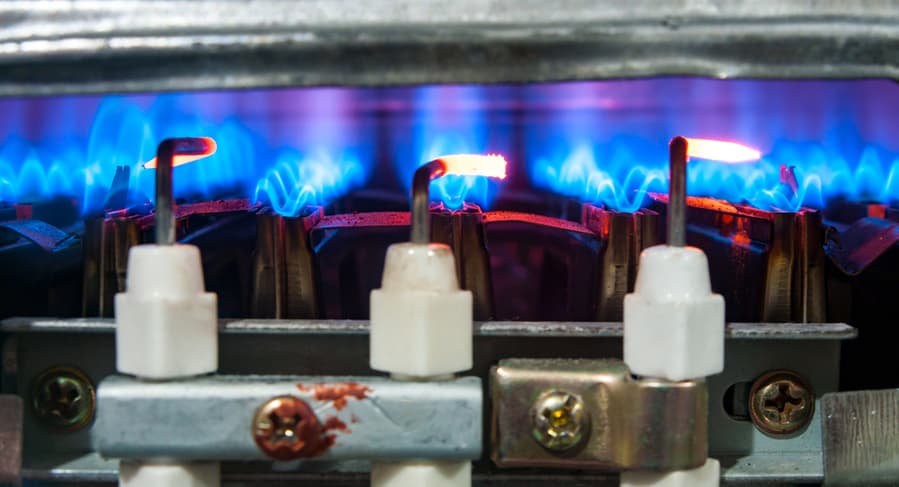
Gas-powered high-recovery heaters heat water with the help of a gas burner located at the bottom. The water starts heating from the bottom and rises upward, eventually drawn out of the discharge tube.
Gas-powered heaters are cost-effective and heat water more quickly. However, they require more maintenance and are not feasible if you don’t have a gas outlet at home.
- If you are using a gas-powered high-recovery heater, ensure that the room where the heater is installed is well-ventilated.
- A suffocated room can create pressure resulting in hazardous consequences.
2. Electricity-Powered High-Recovery Water Heaters

Electricity-powered high recovery heaters heat water with high-voltage electric rods placed vertically in the tank. The rods start heating water from the center and circulate outward.
Electric water heaters are safe and easy to maintain and install. However, they are not a cost-friendly option if you have a budget constraint.
Takeaway
High-recovery water heaters have a higher recovery time than standard heaters. You can get 50–60 gallons of hot water in an hour, making it suitable for large-scale consumption and big families. Depending on the brand and type of your heater, you can even get a higher recovery time.
You should consider several factors before getting the best water heater for your family. If running out of hot water is a big problem for you, invest in a high-recovery water heater and get hot water all the time.
If your water heater is causing problems while working, it is better to consult a professional. People with no plumbing knowledge often cause further damage to their heaters while doing self-diagnosis.
Frequently Asked Questions
Who Should Use the High-Recovery Water Heaters?
High-recovery water heaters are ideal for big families and places with more hot water consumption. A standard water heater can do the job for you if you live alone or have a small family.
What Does the Recovery Rate Mean?
The recovery rate is the amount of hot water a heater provides in a given time. Knowing the recovery rate of a heater can help you determine the best choice according to your home requirements.

